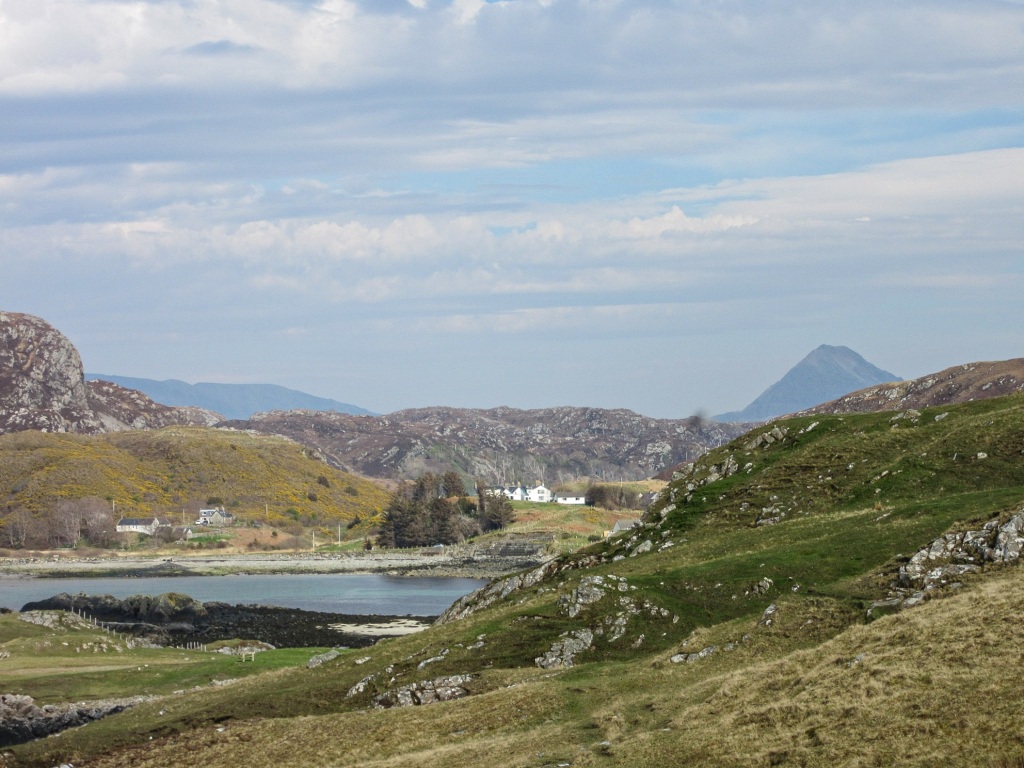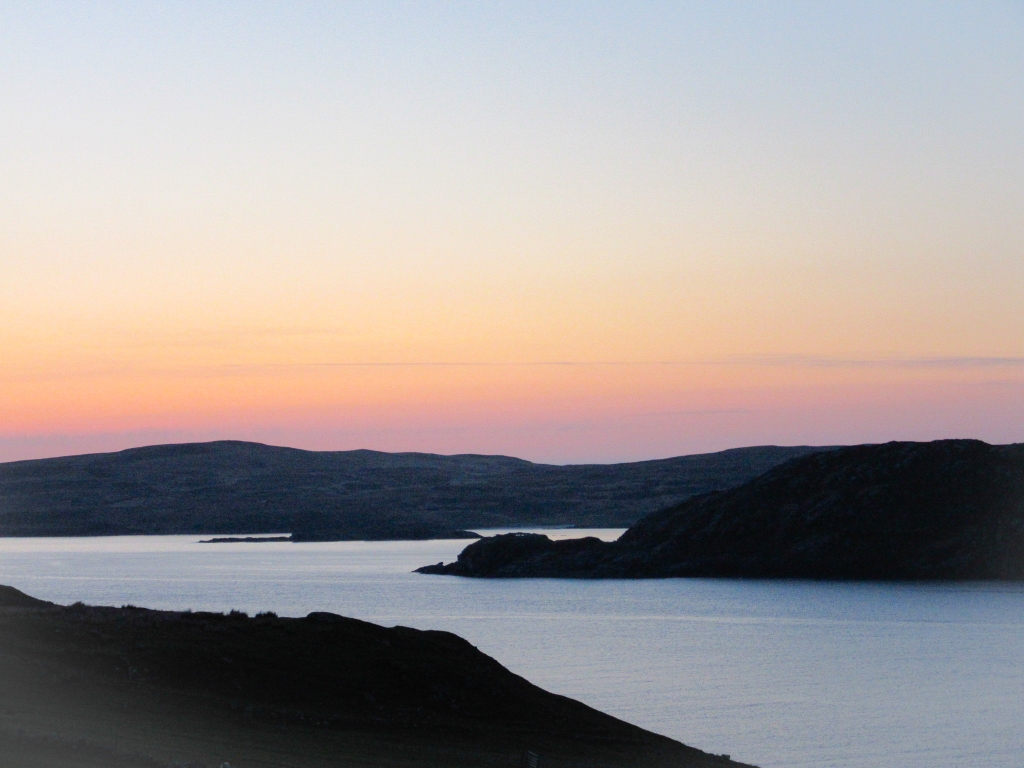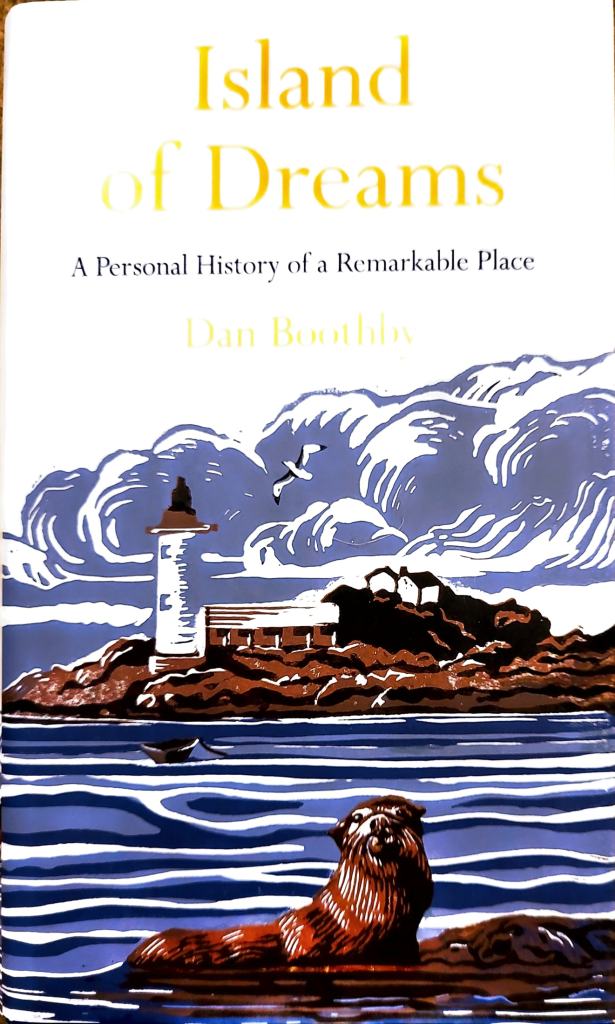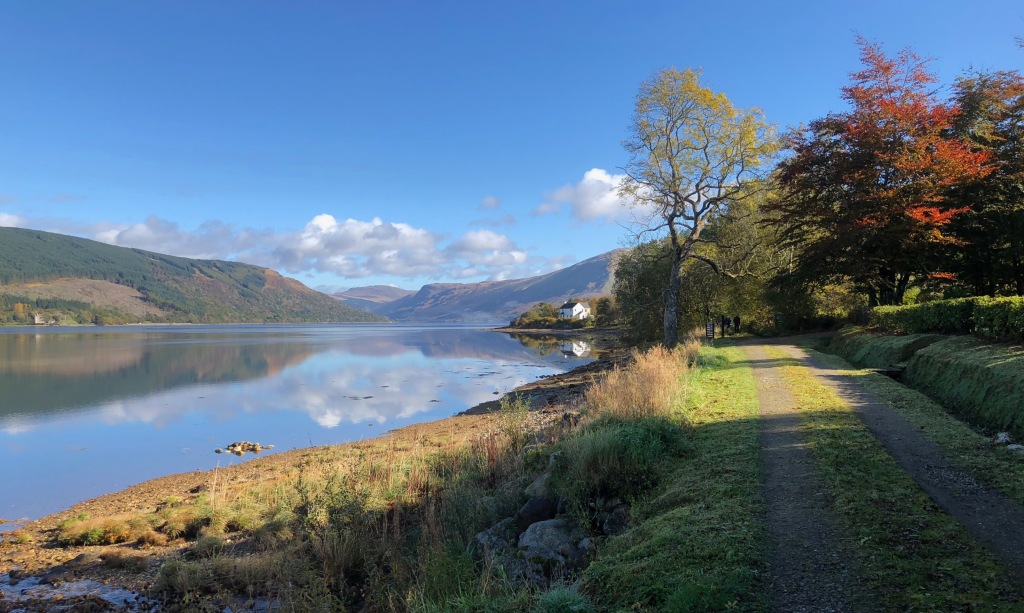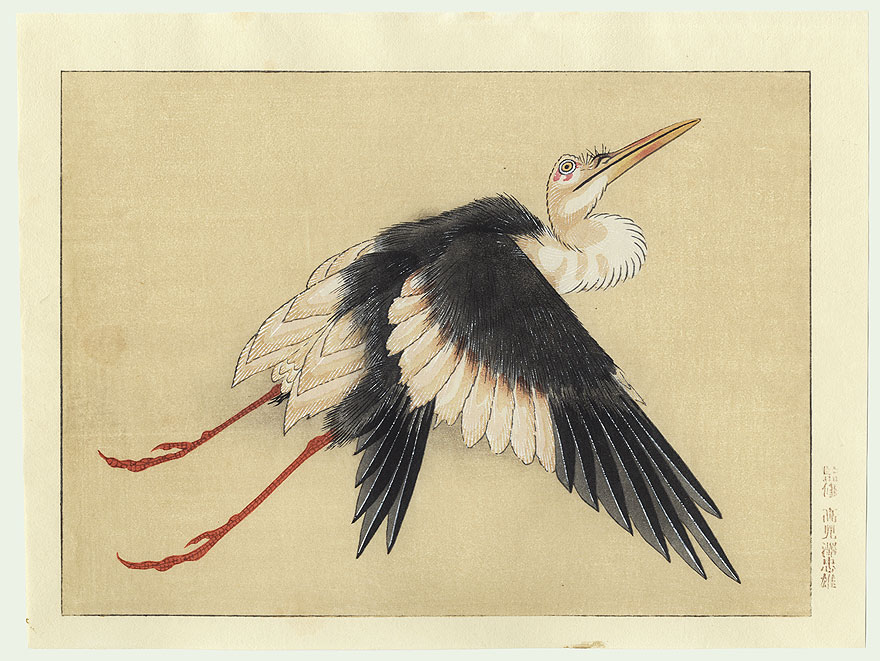
Bog Cotton in flower in May

Bog Cotton after flowering in June
Photo: James Lindsey from Wikipedia
According to Wikipedia: Euriophorum angustifolium, commonly known as common cottongrass or common cottonsedge, is a species of flowering plant in the sedge family, Cyperaceae. Native to North America, North Asia, and Europe, it grows on peat or acidic soils, in open wetland, heath or moorland. It begins to flower in April or May and, after fertilisation in early summer, the small, unremarkable brown and green flowers develop distinctive white bristle-like seed-heads that resemble tufts of cotton; combined with its ecological suitability to bog, these characteristics give rise to the plant’s alternative name, bog cotton.
This is a poem by Naomi Mitchison, 1897 – 1999, written as part of Three Poems for the Highlands and Islands Advisory Panel. It was published in the collection The Cleansing of the Knife in 1978. The repetition of bog cotton in each last line initially struck me as a fun poem, but upon deeper reading, the content is more sombre, marking the advance of the bog cotton as the villagers were cleared from the highlands by the lairds in the 19th century. By the mid 20th century, the remnant abandoned their villages as life became too hard in a changing society, leaving crofts to fall to ruin. Since this poem was penned, the abandoned crofts have been bought for a song by incomers and transformed into second homes, reflecting the shift in tides and the changes in society.


Wester Ross
Naomi Mitchison
Stone and rock,
Boulder and pebble,
Water and stone,
Heather and stone,
Heather and water
And the bog cotton that is not for weaving.
Peats uncut
And the orange moss
Under sharp rush
And spiked deer-grass,
Under tough myrtle
And thin blue milkwort,
And ever, ever,
The silver shining
Of the bog cotton that is not flowers.
The stones drop
From the height of the bens,
In the low houses
Of the dead crofters
The rafters drop
And the turf roof:
Stone after stone
The walls are dropping,
And the bog creeps nearer
With the bog cotton for the fairies’ flag.

Photo: Bengt Oberger from Wikipedia



